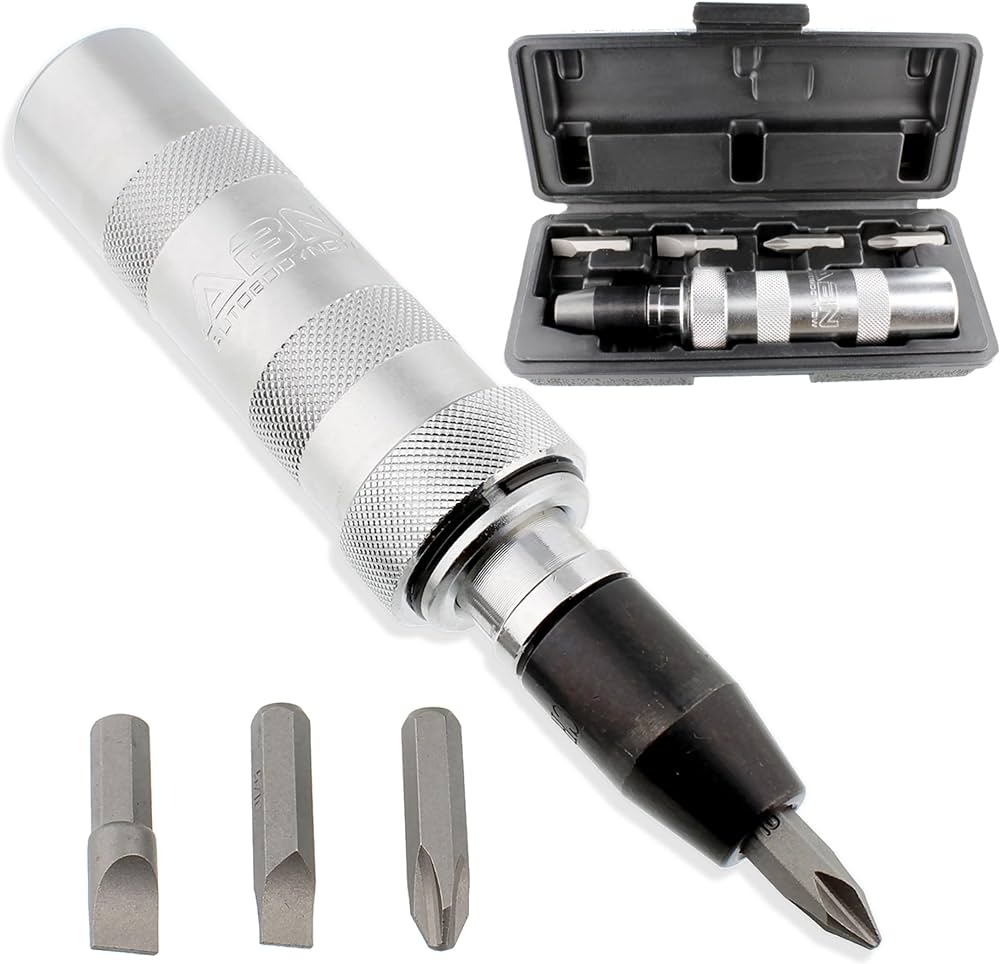I'm removing some old speaker mounts from a wall (I believe the wall is plaster, but I'm not 100% sure. It's definitely not a drywall).
Two of the screws are stuck, and I'm at wits end trying to get them out. The screw doesn't budge in the slightest, no matter what I try. Things I have tried:
- Multiple screw bits/screwdrivers
- Steel wool/tape under screwdriver for more grip
- Applied WD-40 to screwed
- Irwin extractor kit. I can't even drill into the screw with metal drill bits
- Locking pliers. I can't get a good angle/grip
I'm not sure what to try next. The other screws removed easy enough - there's some rust/corrosion in the threads of the other screws, so I'm assuming these are extra stuck for the same reason, but I can't say for sure.
These are also a pain, because they are high on my wall, so it's hard for me to really lean into them on the ladder and not worry I'm going to slip and fall.
How else can I to remove them?





